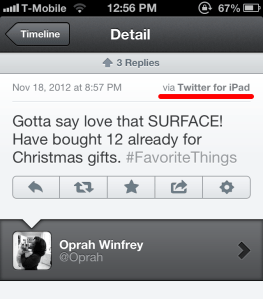As I sit here celebrating the most recent Canucks victory (Schneiderman’s 5th shutout of the season!), I can’t help but think how the shortened hockey season is nearing its end. But really, how fast has this term has gone by?! It was only a dozen weeks ago when we started the marketing project, but it’s been lots of fun working with Douglas, Mark, Erin and GUMBALL. Just kidding, I mean Zoe.
We started out with Assignment 1, with what we thought we had aced, but that was not the case. Instead, we were very humbled by the marking and with the feedback we received from the rubric. As a group, Team 4 actually ended up bonding over the first assignment. This was when we also realized how helpful the rubric was for our following assignments. Assignment 2 ended up being more on par with what we had expected our mark to be, but we thought that the instructions regarding the segmentation bases were a bit confusing. After a few tries, we eventually figured it out it was segmenting based on target markets. Now off to Assignment 3 – this assignment turned out to be more focused on creativity than anything else. We spent lots of time filming, storyboarding and editing clips, but we underestimated the time that it would take to put all the clips together for a 7 minute video. Though this assignment did wonders for us to learn about the fancy features in the CLC, it was also harder to have everyone equally contribute to the editing process when everyone had different experiences with film editing. Looking back, it seemed as if we should have looked more at the big picture as a whole. We’ve had some ups and downs over the term, but it was great getting to work with such motivated and high-achieving, creative students.








Recent Comments